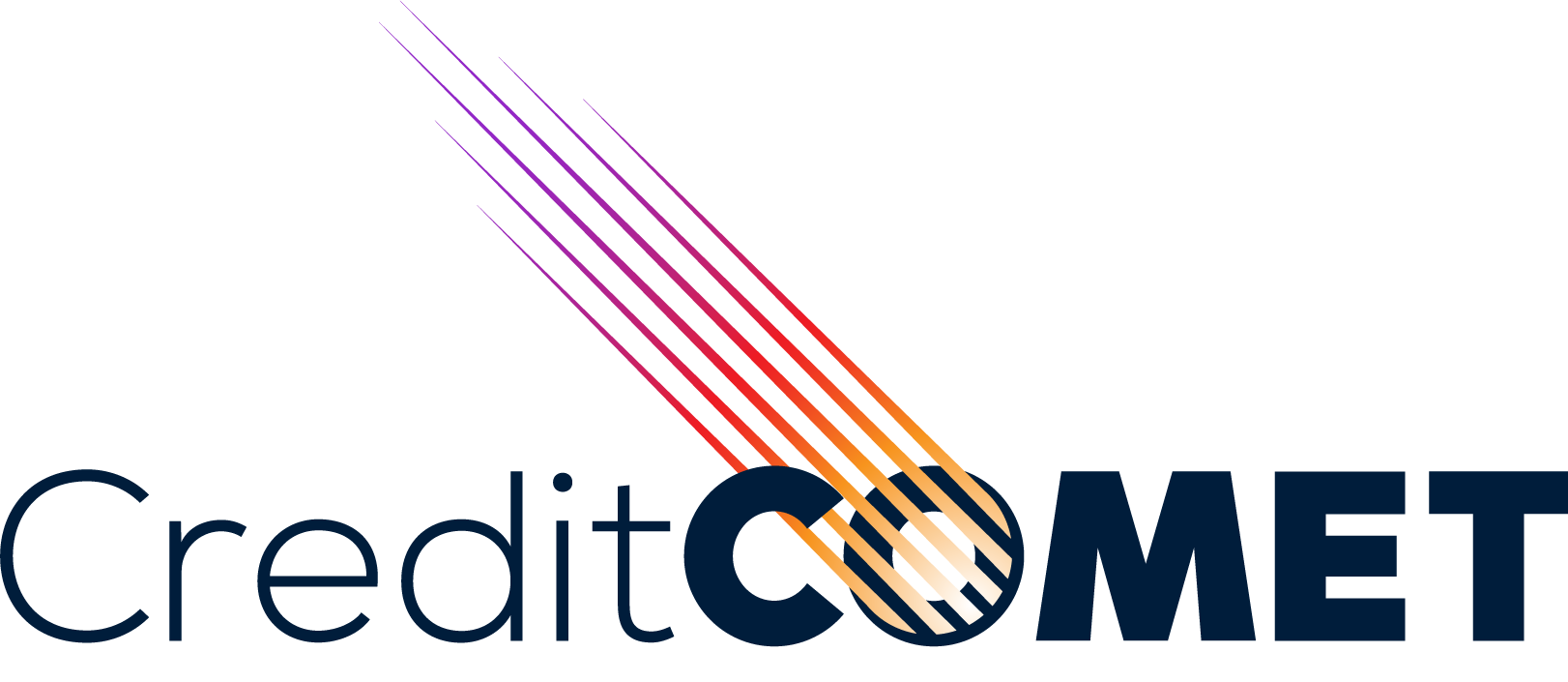In the complex world of credit scoring, one metric that holds significant weight in determining your creditworthiness is credit utilization. Understanding the dynamics of credit utilization is crucial for maintaining a healthy credit profile. Let’s delve into the intricacies of how credit utilization impacts your credit scores and gain insights on managing it effectively.
Understanding Credit Utilization
Credit utilization refers to the ratio of your credit card balances to your credit limits. It is expressed as a percentage and reflects how much of your available credit you are utilizing. This ratio is a fundamental component that credit scoring models use to assess your financial responsibility and creditworthiness.
The Impact on Your Credit Scores
High Utilization and Negative Impact
When your credit utilization is high, meaning you are using a significant portion of your available credit, it can have a negative impact on your credit scores. Lenders may interpret high credit utilization as a sign of financial stress or a potential inability to manage debt responsibly. This could result in lower credit scores, making it more challenging to obtain favorable terms for loans or credit cards.
Low Utilization and Positive Impact
Conversely, maintaining a low credit utilization ratio demonstrates responsible credit management. This can have a positive impact on your credit scores, signaling to lenders that you are using credit wisely and not overly reliant on borrowed funds. With lower credit utilization, you may enjoy higher credit scores, making it easier to access credit and potentially benefiting from better interest rates.
How Credit Scoring Models Assess Utilization
Credit scoring models generally consider both individual account utilization and overall credit utilization. Individual account utilization looks at the ratio for each credit account, while overall credit utilization considers the combined balances and credit limits across all your accounts. It’s important to manage both individual and overall utilization effectively to maintain a healthy credit profile.
Tips for Managing Credit Utilization
Monitor Your Credit Card Balances
Regularly monitor your credit card balances and strive to keep them well below your credit limits. This proactive approach can help you maintain a healthy credit utilization ratio. Make timely payments and consider paying more than the minimum payment to reduce your overall balances quicker.
Pay Attention to Individual Card Balances
Be mindful of the individual balances on each credit card you own. Uneven utilization across multiple cards may impact your credit scores. Aim for balanced usage when possible. If one card has high utilization, consider spreading out the balances across multiple cards to achieve a more even utilization ratio.
Consider Increasing Credit Limits
If feasible, consider requesting a credit limit increase. This can automatically lower your credit utilization ratio, provided you don’t increase your spending. Increasing your credit limits can provide a larger buffer and give you more room to manage your balances effectively.
Deeper Insights into Credit Utilization: Factors and Strategies
Factors Influencing Credit Utilization
Credit Card Usage Patterns
Your credit card usage patterns play a significant role in determining your credit utilization. Frequent or large transactions can quickly elevate your balances, impacting the ratio. Consider using credit cards for necessary expenses and avoid unnecessary impulse purchases to manage your balances effectively.
Timing of Credit Card Statements
Understanding the timing of your credit card statements is crucial. Credit scoring models often use the balance reported on your statement when calculating your credit utilization ratio. Paying attention to this date can help you strategically manage your credit utilization. Consider paying off or reducing your balances before the statement is generated to keep your reported utilization low.
Strategies for Effective Credit Utilization Management
Regularly Check Your Credit Reports
Monitoring your credit reports can help you identify any discrepancies in reported balances. Addressing errors promptly ensures that your credit utilization is accurately reflected in your credit history. Regularly reviewing your credit reports also allows you to track your progress and spot any potential signs of identity theft or fraud.
Use Credit Wisely, Not Necessarily Less
While maintaining low credit utilization is advisable, it’s equally essential to use credit strategically. Responsible and regular use of credit can contribute positively to your credit history. Using credit cards for small purchases and paying off the balances in full each month demonstrates active credit management without accumulating high balances.
Plan Ahead for Large Purchases
If you anticipate making significant purchases, plan accordingly to avoid a sudden spike in your credit utilization. This foresight allows you to manage your balances more effectively. Consider spacing out your larger expenses over several months or proactively reducing other balances to offset the increase in utilization.
Common Myths about Credit Utilization
Closing Credit Cards Improves Utilization
Contrary to popular belief, closing credit cards may not always improve your credit utilization ratio. It could, in fact, reduce your overall available credit, potentially worsening the ratio. Consider keeping your credit cards open, especially if they have long credit histories, good payment records, or no annual fees. Closing credit cards should be a thoughtful decision based on your overall credit strategy.
Utilization Has No Memory
Credit utilization is not a static metric; it reflects your recent credit behavior. However, lenders may also consider historical patterns, so consistently maintaining a low ratio is advantageous. Manage your credit responsibly over an extended period to continuously improve your credit utilization and maximize the positive impact on your credit scores.
Final Thoughts: Navigating the Credit Utilization Landscape
As you navigate the intricacies of credit utilization, it’s essential to recognize its dynamic nature. Regularly reassess your financial habits, adjust your strategies as needed, and stay informed about changes in your credit profile. Remember, while credit utilization is a vital factor, it’s just one piece of the credit scoring puzzle. A holistic approach to financial management, including timely payments, diverse credit accounts, and responsible borrowing, contributes to a robust credit profile.
Armed with a deeper understanding of how credit utilization affects your credit scores, you can embark on a journey towards financial well-being and credit success. Stay proactive, stay informed, and let your credit utilization become a powerful tool for building a stronger financial future.

